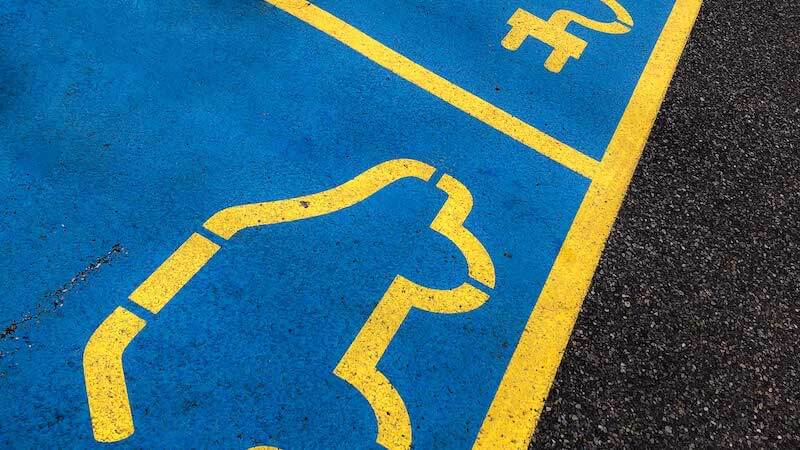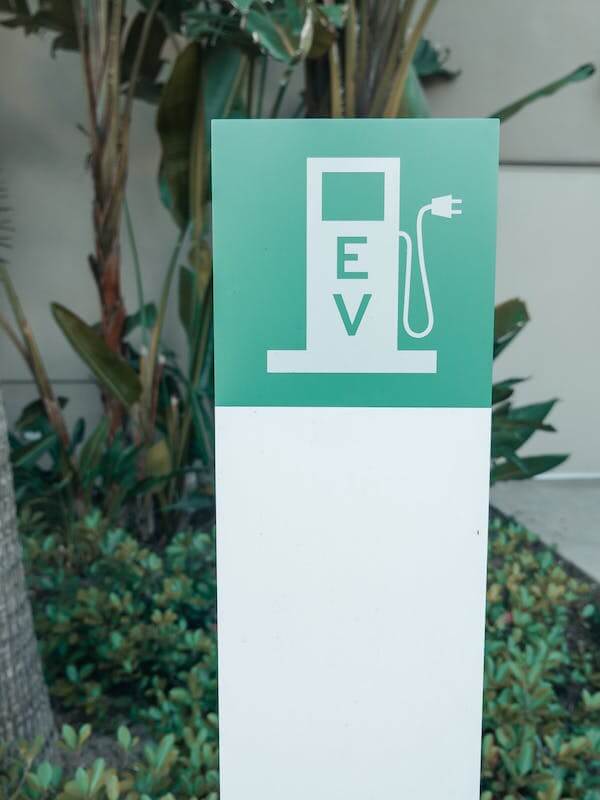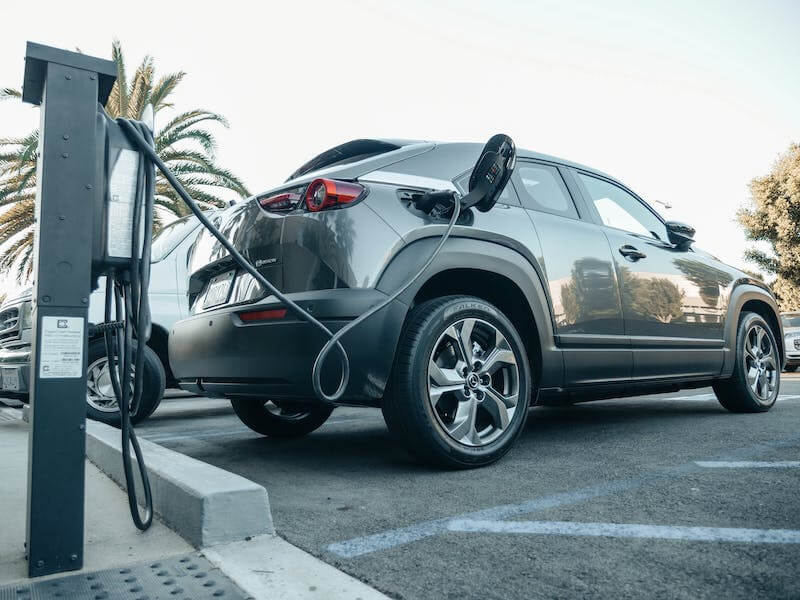As electric vehicles (EVs) become increasingly prevalent, the need for efficient and accessible charging infrastructure is more critical than ever. Amidst the growing network of charging stations, the role of EV parking lines emerges as a crucial factor in ensuring charging efficiency.
Section 1: Charging Station Organization
The first and foremost role of EV parking lines is in organizing the layout of charging stations. Clearly marked parking spaces for electric vehicles facilitate an orderly arrangement, preventing congestion and ensuring that each vehicle has designated access to a charging station. This organization is fundamental to streamlining the charging process and optimizing the use of available resources.

Section 2: Allocation of Charging Bays
EV parking lines play a pivotal role in allocating charging bays effectively. The markings delineate specific spaces designated for electric vehicles, ensuring that each charging station is accessible without interference from non-electric vehicles. This dedicated allocation is essential for preventing conflicts and delays, creating a seamless flow of EVs through the charging infrastructure.
Section 3: Charging Station Accessibility
The visibility and clarity provided by EV parking lines contribute significantly to the accessibility of charging stations. Well-defined lines guide electric vehicle owners to the appropriate spaces, minimizing confusion and ensuring that each EV can access the charging station efficiently. This accessibility is paramount, especially in high-traffic areas where multiple charging stations coexist.
Section 4: Charging Station Efficiency
Efficiency in charging stations is not solely about the speed of charging; it also involves the effective use of available resources. EV parking lines contribute to this efficiency by preventing non-electric vehicles from occupying charging bays. This dedicated use of space ensures that electric vehicles can utilize the charging stations without unnecessary delays or impediments.
Section 5: Preventing Blockage and Congestion
In busy charging stations, the risk of blockage and congestion is ever-present. EV parking lines serve as a preventive measure against these issues by clearly delineating the pathways to and from charging bays. Well-maintained markings reduce the likelihood of vehicles obstructing access points, ensuring a smooth flow of traffic within the charging station.

Section 6: Designating Fast-Charging Spaces
Not all charging stations offer the same charging speed, and some may have fast-charging capabilities. EV parking lines can be strategically used to designate specific spaces for fast-charging, allowing electric vehicle owners with time constraints to access rapid charging services without delays. This targeted approach enhances overall charging station efficiency.
Section 7: Maximizing Charging Station Capacity
Efficient use of space is crucial in maximizing the capacity of charging stations. EV parking lines guide electric vehicle owners to park in designated spaces, optimizing the arrangement of vehicles around charging stations. This strategic placement ensures that the station’s capacity is fully utilized, preventing underutilization or overcrowding.
Section 8: Emergency Vehicle Access
In emergencies or unforeseen situations, access for emergency vehicles to charging stations is paramount. EV parking lines can be used to designate emergency vehicle access routes, ensuring that first responders can reach charging stations swiftly and without hindrance. This consideration enhances the safety and responsiveness of charging station infrastructure.
Section 9: Maintenance and VisibilityThe efficacy of EV parking lines in charging efficiency depends on their visibility. Faded or poorly maintained markings can lead to confusion and hinder the accessibility of charging stations. Regular maintenance, including repainting and ensuring high visibility, is essential to uphold the efficiency of EV parking lines and the overall functionality of charging stations.

Section 10: Driver Education and Awareness
While the physical markings are crucial, the role of driver education and awareness cannot be overstated. Electric vehicle owners must understand the significance of adhering to EV parking lines for the overall efficiency of charging stations. By fostering awareness and a sense of responsibility among drivers, the charging experience can be further streamlined.
Conclusion:
In the ever-evolving landscape of electric vehicles and charging infrastructure, the role of EV parking lines is a linchpin in ensuring charging efficiency. From organizing the layout of charging stations to preventing congestion, allocating charging bays, and maximizing overall capacity, these unassuming markings contribute significantly to the seamless functioning of the charging ecosystem. As electric vehicles continue to reshape the transportation landscape, the thoughtful integration and adherence to EV parking lines become imperative for a sustainable and efficient charging future.




